African cichlids: description, types, maintenance and care
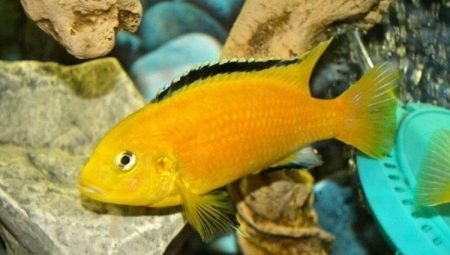
According to scientific data, all over the world there are more than 3000 species of cichlids that live on the territory of every continent. Most of them - almost 50% of the total - have inhabited the African continent. We will talk in more detail about African cichlids in the article.
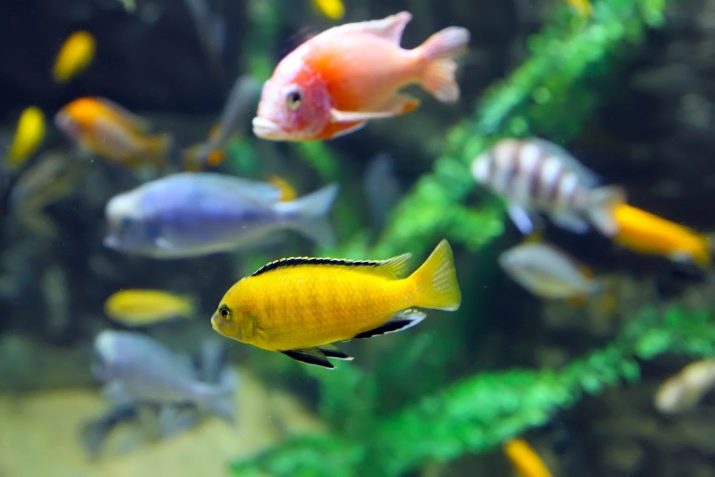
Description
African cichlids are freshwater fish with the most pronounced coloration. No other group of marine life can boast such a variety of colors. Scientists have found that the largest percentage of these fish lives in the so-called African Great Lakes: Tanganyika and Malawi (Nyasa). By their nature, both lakes are ancient tectonic reservoirs, in which a huge number of new forms and species of individuals develop.
The factors influencing such intense speciation of freshwater fish are relative isolation and special living conditions. The result is the formation of dozens of fish species.

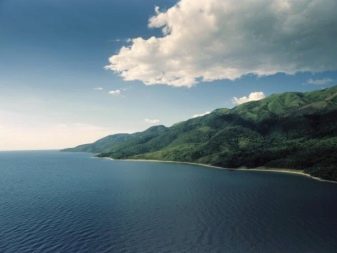
Appearance
Outwardly, cichlids are very different from each other. The more common species have an elongated, rather dense body. It is also necessary to have two fins: dorsal and anal. By the way, in males they are the longest. Some representatives have a small fatty growth on the head, for example, the Frontosa cichlids.
The bodies of the fish are painted in rich colors. Thus, African cichlids identify each other at a great distance. In addition, representatives of this group, due to their bright color, loved by aquarists all over the world.
In addition to natural colors, modern breeders were able to breed truly unique specimens that are found exclusively in aquariums.
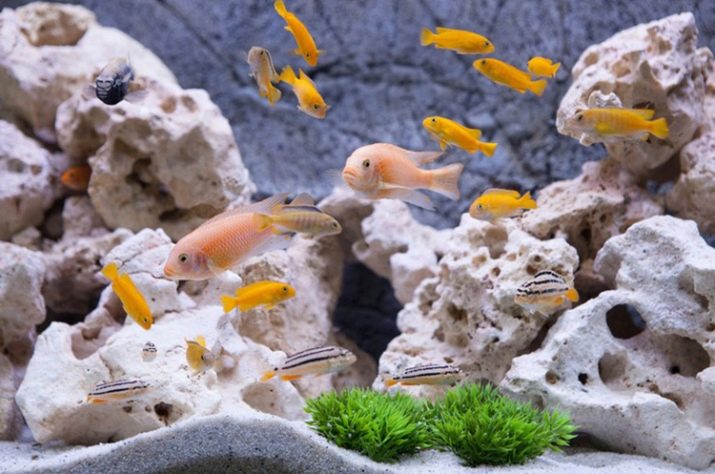
Where do they live?
Most of the "African women" can be found on the territory of the eastern part of the mainland. As mentioned earlier, the favorite breeding places for fish are freshwater lakes: Malawi (Nyasa), Victoria, Tanganyika and many others included in the list of the so-called African Great Lakes. Some cichlids are found elsewhere, which is why they are called endemic. In addition to marine, also occur in nature river individuals.
According to scientific data, the ancestors of African cichlids are migratory marine fish, this fact confirms the high tolerance of salt water.


Views
The names of the varieties are fully consistent with the habitat of this fish species:
- Malawian cichlids - "Malawians";
- cichlids of Tanganyika.
"Malawians"
Aulonocars
Aulonocara - Aulonocars, or African akars, inhabitants of Lake Malawi, are considered endemic. They prefer to swim on sandbanks.
External data: an elongated body, a large head with grooves characteristic of this type of cichlid (scientists suggest that this is possibly a sensory organ), along the back there is a well-developed fin. Young fish and Malawian females have a more restrained coloration: dark spots and stripes on a gray body. In males, during the period of maturation, the color of the scales changes to blue / blue. Besides, they have a beautiful metallic sheen.
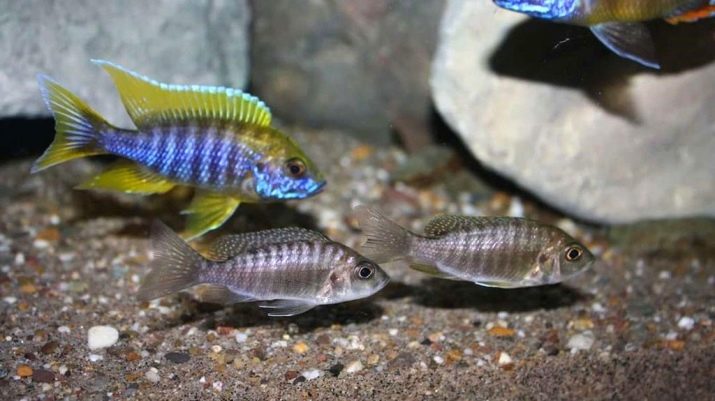
The fins are found with yellow or blue scales and are marked with prominent bright specks. For such a variety of underwear "drawings" the inhabitants of the English-speaking countries gave the fish an original name - "peacock cichlids". The size of the aquarium inhabitant is from 8 to 20 cm. Experts recommend choosing tanks with a volume of at least 80 liters for the content.
The main diet of "peacocks" is food of animal origin. In open waters to search for food, the fish freezes over the sand. So she manages to most accurately capture the light movements of invertebrates underground. In this she is helped by sensitive pits on her body. Noticing prey, they quickly rush after it.
Several types of African aulonocars are suitable for aquarium maintenance: Queen of Nyasa, Mylanda, Violet.
With proper care, aulonocars have a lifespan of about 8 years.

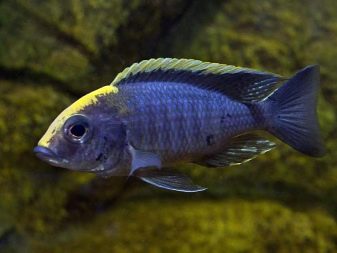
Pseudotropheus
This species with aulonocars is united by the habitat - Lake Malawi. The variety prefers overgrown, rocky places. Scientists attribute the pseudotrophies to the Mbuna group, which is translated from Greek as "living in stones", which confirms their place of residence.
Domestic individuals reach a size of 10 to 13 cm. In nature, the blue-black color of the fish predominates, although completely different colors of cichlids are found in the aquarium environment.
From food, pseudotrophies prefer algae growing on rocks. In order to scrape them off, fish use their characteristic grater teeth.
This feature must be taken into account when home content. So, constant feeding with animal food often leads to indigestion.

As for the "underwater house", experts recommend giving preference to aquariums with a volume of 100 liters per pair.
Malawian cichlids of this species have another feature - they incubate eggs in the mouth. So they protect their fry from death.
In the aquarium environment, such Pseudotrophies take root well: Pendani (Sokolof), Lombardo, Demasoni.
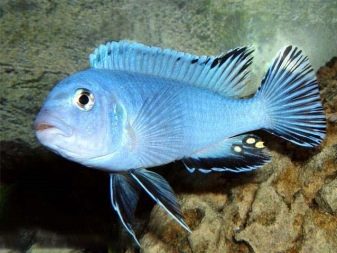

Tanganyika cichlids
Trofeus
As the name implies, the homeland of fish is Lake. Tanganyika. The underwater world of trophies is very reminiscent of the residence of the Malawian Mbuna.
According to scientific data, this the genus of cichlids consists of six species. The name trophos means "to educate" in Greek. And this is not an accident: a special way of carrying fry in the mouth distinguishes trophies from other representatives of the group.
They prefer to feed on algae that grow on rocky rocks.
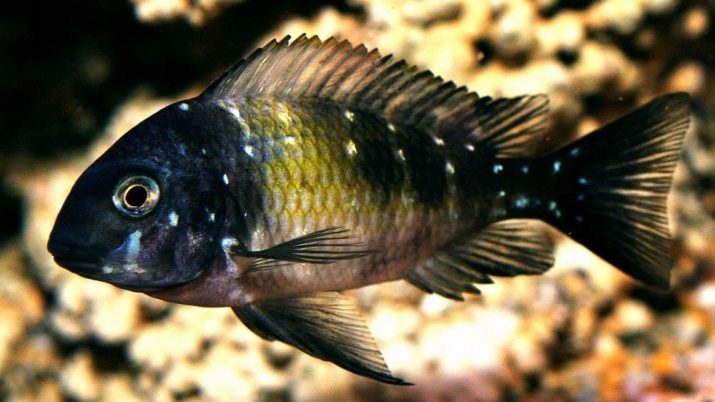
For its high decorative qualities, this type of cichlid is especially loved by aquarists. The most popular varieties are Moore and Zvezdchaty.
Due to the aggressive nature of fish, you should choose a species aquarium with a volume of at least 300 liters... Tanganyika cichlids are capable of showing aggression towards each other. To prevent this, stock a flock of 10–12 individuals in one reservoir. As for the temperature regime of the water, the optimal mark is 24-26 degrees.

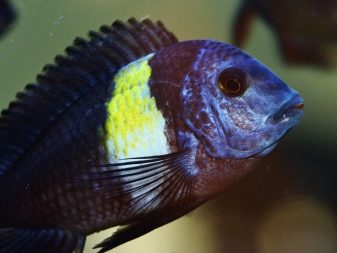
Yulidochromis
They are considered the indigenous inhabitants of the lake. Tanganyika. By their nature, they are quite peaceful. External characteristics: elongated body, pointed head. In addition, they are characterized by a lower mouth and a long, sharp dorsal fin. The whole body is covered with specks. Interestingly, the color and size of the spots change depending on the location of the fish.
To date, breeders have been able to obtain many new forms of those very yulidochromis.
Tanganyika cichlids by nature - phlegmatic. They like to freeze in one position for a while, thereby frightening the owners. However, everything is not so scary: these fish are simply afraid of the audience.
Proper care and maintenance in the aquarium will extend the life of the inhabitants up to 12 years.
Fans of ornamental fish prefer to start the following species: Yulidochromis Marlier, Yulidochromis Regani, Yulidochromis Dikfeld.
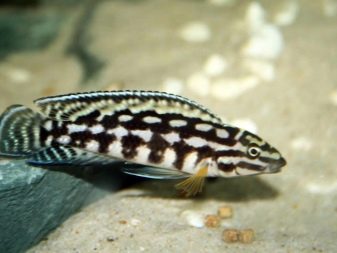

Maintenance and care
Most of the African cichlids are large in size. Such fish should be bred in fairly spacious aquariums - at the rate of 200 liters per couple.
For a full-fledged existence the water must be clean, with a high oxygen content. Therefore, it will be more correct take care of high-quality filtration and aeration in advance.
Large pebbles will serve as an excellent primer. In open waters "African women" are accustomed to digging soil, in the process of which they swallow small pebbles. That's why the best option would be large breeds.
For registration specialists advise using natural stones, which practically do not differ from natural rocky biotopes.
Be sure to equip as many shelters (grottoes) as possible, where the fish will hide from the "unfriendly" neighbors in the aquarium.
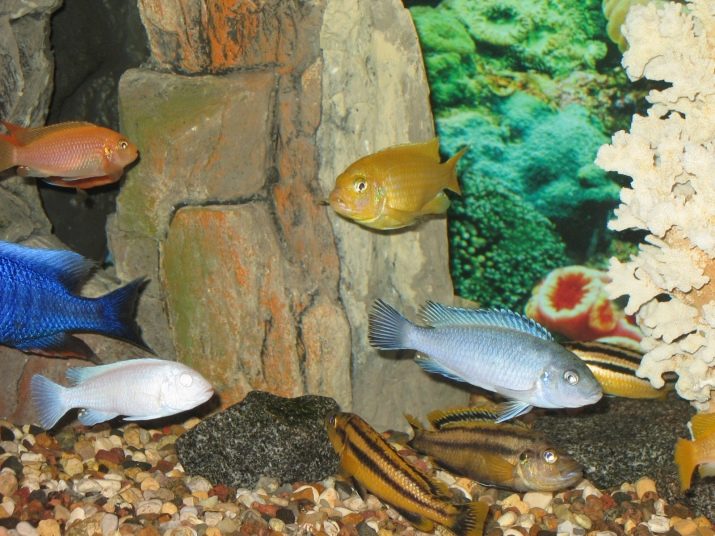
The homeland of cichlids is the warm waters of the tropical zone, so they are considered to be thermophilic. Owners are encouraged to carefully monitor the temperature in the aquarium to avoid freezing the fish. The optimal mark would be 24-28 degrees. Unlike South American cichlids, which prefer soft water, the health of African inhabitants is affected by the hardness of the water. It is important to remember: hardness indicators are calculated based on a specific type of individuals. So, for Malawi: ph - 7.0-8.0, hardness - 10-18 dGH; for Tanganyika cichlids: ph - 8.0-9.0, hardness -10-25 dGH.
Besides, Caring for African cichlids involves regular water changes, ideally 30% of the total liquid in the aquarium.
It is not recommended to plant live plants - South African fish do not really take root with them. Alternatively, anubias are suitable, among which hard-leaved greens are popular, which do not require planting in the ground.
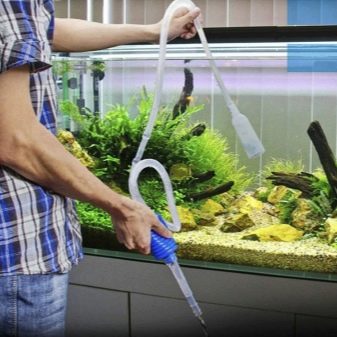
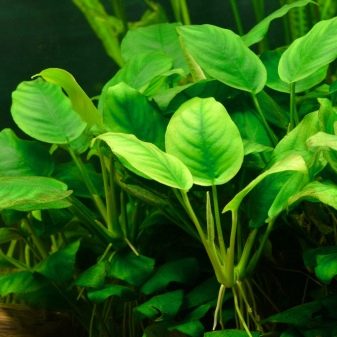
Feeding
How to feed aquarium cichlids depends on the species. So, sometimes there are predators eating relatives, worms, mollusks. But more often than not, aquarists have so-called vegetarians. These include the "Malawians" of the Mbuna group.
Tetra dry food is suitable as a daily meal. In the manufacture, only high-quality raw materials with all valuable trace elements are used. A special line of feed called Tetra Cichlid suitable for all types of African cichlids. On the shelves of pet stores, food is presented in the form of flakes, chips, sticks, granules. Specifically for Malawians, a separate food has been developed - Tetra Malawi. It contains the necessary component for good nutrition of fish - spirulina algae.
African cichlids are the brightest representatives of aquarium fish today. Taking care of them is not difficult at all. The main thing is to observe the temperature regime and provide adequate nutrition for multi-colored individuals. And then the inhabitants of the warm waters of Africa will live for many years.

For more information on African cichlids, see the next video.








